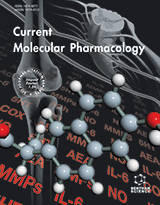Abstract
The superfamily of G protein coupled receptors (GPCRs) comprises the largest group of cell surface receptors expressed by the human genome. Accordingly, these receptors are the target of a substantial portion of current pharmaceuticals. Over the past few decades there have been many substantial discoveries regarding GPCRs structure and function that have led to the current understanding of the complexity of the signal transduction which these receptors initiate. What was once generally believed to be a simple linear pathway, has become one with manifold bifurcations and multiple regulatory and feedback mechanisms. In the following we review the fundamental ground work upon which this field of research was established and the work that has more recently begun to uncover the complexity of GPCR signaling. The emerging signaling paradigm includes (i) the capacity of one receptor to couple to and initiate pathways through multiple G proteins, (ii) the capability of one G protein to activate many effectors, as well as (iii) the ability of a GPCR to transduce signals through G protein independent pathways. We also briefly touch upon some implications of GPCR oligomerization and discuss signaling cascades of two serotonin receptors, 5-HT4 and 5-HT7, whose pathways exemplify the richness and complexity of GPCR signaling mechanisms.
Keywords: G protein coupled receptors, heterotrimeric G protein, signal transduction, serotonin receptor




























